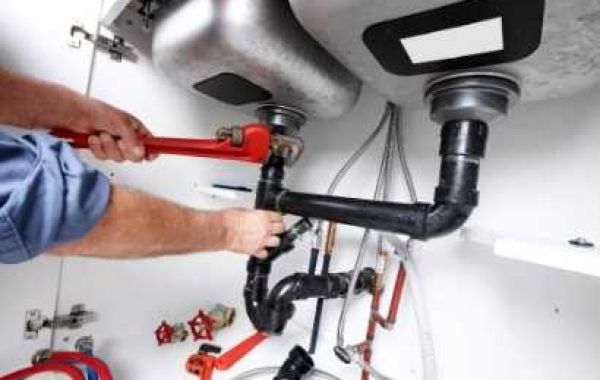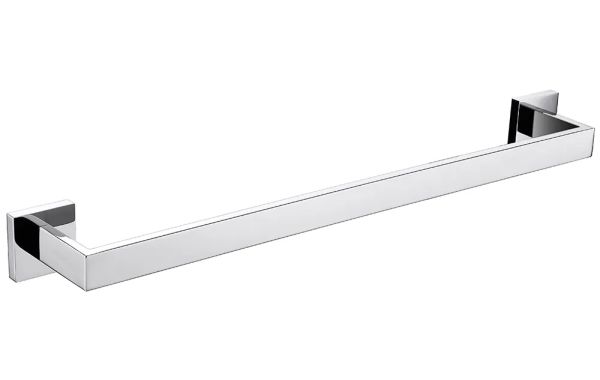Plumbing leaks may start small but can lead to significant damage if left unchecked. A slow drip might not seem like much, but over time it can ruin walls, floors, and ceilings—creating expensive problems. Being able to spot plumbing leaks early can save you not only money on repairs but also prevent unnecessary stress and damage to your home. Leaks often remain hidden until they escalate, which is why it's so important to learn the warning signs and act quickly. In this guide, we’ll take a closer look at some of the most common signs of leaks, how to detect them before they become a major issue, and what steps you can take to fix or prevent these problems.
Common Signs of a Plumbing Leak
One of the easiest ways to prevent serious water damage is to recognize the early signs of a plumbing leak. Here are some common indicators that a leak might be present in your home.
Unexplained Increase in Water Bills
A sudden spike in your water bill, without a change in usage, is a clear sign something might be wrong. Even small leaks can waste a significant amount of water, so keep an eye on your monthly bill. If you notice an unexplained increase, it could be due to a leak in the system that you haven’t spotted yet.
Musty Odors or Damp Smells
Water that seeps into walls, floors, or ceilings can lead to mold growth. If you detect a musty odor in certain areas of your home, especially in the bathroom, kitchen, or basement, it could be a sign of a hidden leak. Mold thrives in damp environments, and its presence often points to moisture problems caused by leaks.
Water Stains and Discoloration
Brownish stains or dark spots on walls and ceilings are telltale signs of water damage. These stains often appear slowly as the leak continues, and if not addressed, they can worsen over time. Once you spot a water stain, it’s important to investigate the source of the moisture.
Low Water Pressure
If you notice a drop in water pressure when using sinks, showers, or faucets, it may indicate a leak somewhere in the plumbing system. While clogs can also cause low pressure, if the issue persists, you may be dealing with a leak in the pipes.
Visible Water Damage or Pooling
In some cases, you may be able to see water accumulating under sinks or around the base of toilets and appliances. This could indicate a more serious issue that needs to be addressed immediately. Pooling water is often a sign that the leak has already progressed and may have caused damage to the surrounding area.
How to Detect Hidden Leaks
Not all leaks are visible, and may occur in places that are hard to access, like behind walls or under floors. Fortunately, there are some practical ways to detect hidden leaks before they cause serious problems.
Check Your Water Meter
One of the simplest ways to check for leaks is by using your water meter. Start by turning off all the water in your home—make sure no appliances, faucets, or toilets are running. Then, look at your water meter. If the meter continues to move, it means water is still flowing through the pipes, suggesting a leak. This test is especially useful for detecting leaks in pipes that run underground or in the walls.
Listen for Unusual Sounds
Leaky pipes often produce sounds such as dripping or hissing. If you hear these noises coming from your walls or floors, you may leak. Pay close attention to areas near plumbing fixtures and appliances, as leaks can often be pinpointed by listening carefully.
Inspect Faucets and Toilets
Faucets and toilets are some of the most common sources of leaks in a home. Check for dripping faucets and toilets that continue to run long after flushing. These are usually easy to fix but can waste a lot of water if not addressed. A running toilet, for example, can waste hundreds of gallons of water each day.
Use a Moisture Meter
If you're concerned about hidden leaks behind walls or under floors, a moisture meter can be a helpful tool. This device measures the level of moisture in materials like wood, drywall, or concrete, helping you determine if there’s a hidden leak. If the meter detects high moisture levels in certain areas, it’s time to investigate further.
How to Prevent Leaks and Minimize Damage
Catching a leak early is important, but taking steps to prevent leaks in the first place can save you from costly repairs. Here are a few preventive measures that can help keep your plumbing in good shape.
Regularly Inspect Plumbing Fixtures
Make it a habit to inspect plumbing fixtures like faucets, showerheads, and hoses. Look for signs of wear and tear, such as rust, cracks, or drips. Regular maintenance and timely repairs can prevent small leaks from turning into major issues.
Insulate Pipes
During cold weather, exposed pipes can freeze and burst, leading to significant water damage. Insulating your pipes, especially those in colder areas like basements or attics, can prevent freezing and reduce the risk of leaks.
Keep an Eye on Water Pressure
High water pressure can put stress on your pipes, increasing the risk of leaks. If you notice that your water pressure is consistently high, consider installing a pressure regulator to keep it within a safe range.
Use Drain Strainers
Clogged drains can cause backflow and leaks. To prevent blockages, use strainers in sinks and showers to catch hair, food particles, and other debris. This simple step can help prevent leaks caused by slow drains and overflowing water.
When to Call a Professional
While many small leaks can be fixed with DIY solutions, more serious problems require the expertise of a licensed plumber. If you’ve tried to address the issue but the leak persists, or if you’re unable to locate the source of the leak, it’s time to call in a professional. Delaying repairs can lead to more extensive water damage, mold growth, and higher repair costs down the line.
A professional plumber has the tools and knowledge to accurately diagnose the problem and recommend the best course of action. They can also offer advice on how to prevent future leaks and keep your plumbing system in good condition.
Conclusion
Spotting plumbing leaks early is essential for avoiding expensive repairs and protecting your home from water damage. By paying attention to common warning signs like increased water bills, water stains, and musty odors, you can catch leaks before they escalate. Additionally, using simple detection methods, such as checking your water meter or listening for unusual sounds, can help you identify hidden leaks. Remember that prevention is key—regular maintenance, insulation, and monitoring water pressure can go a long way in preventing plumbing issues. And when in doubt, don’t hesitate to seek professional help to resolve more complicated leaks and prevent long-term damage.







